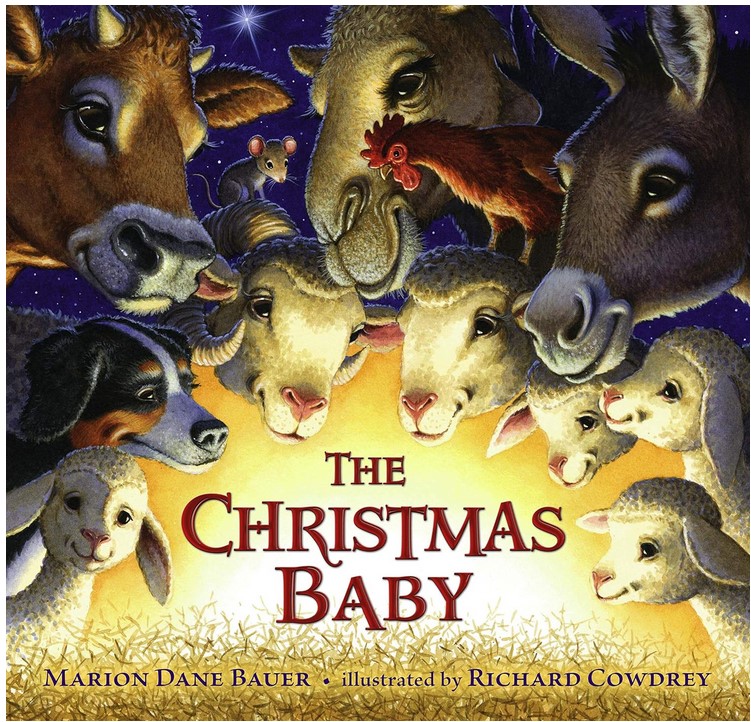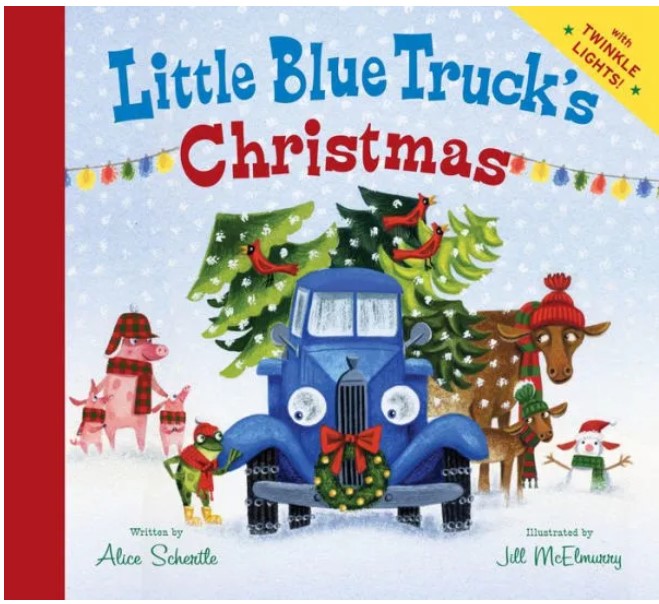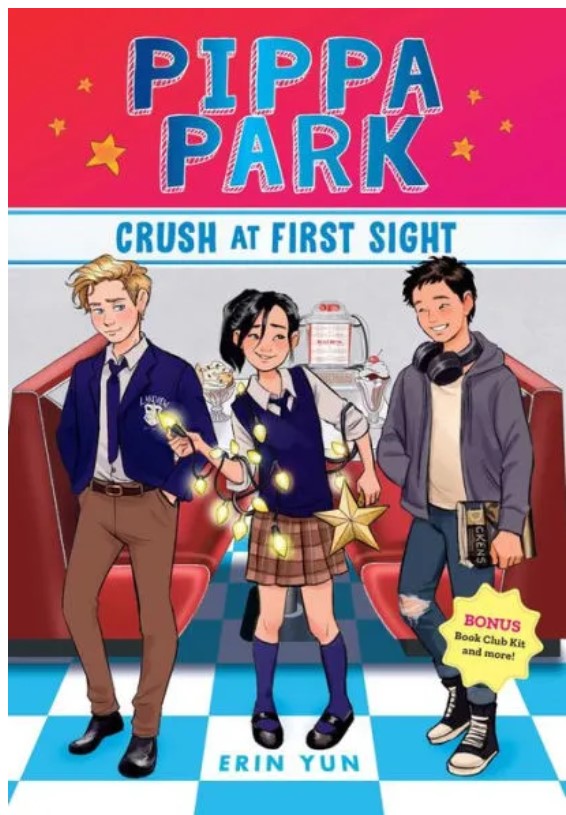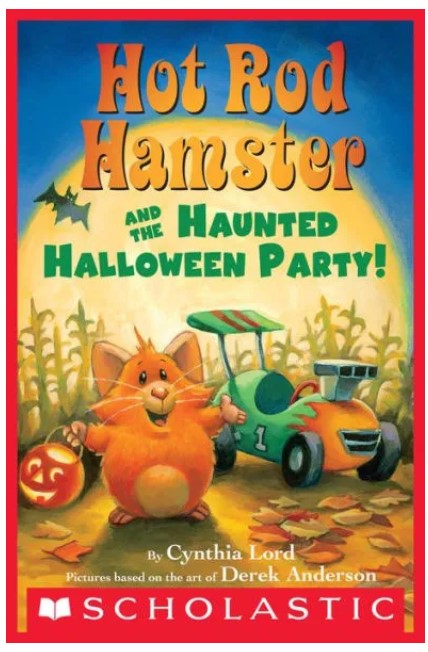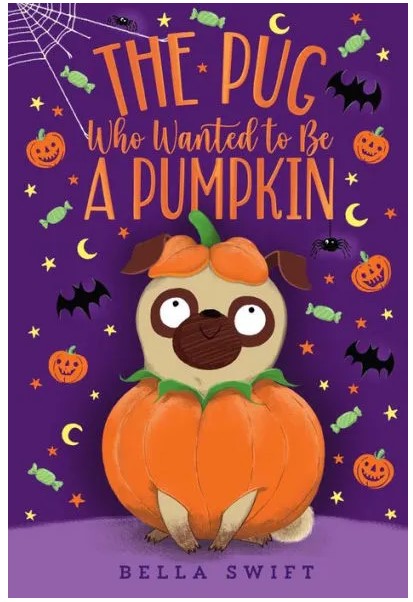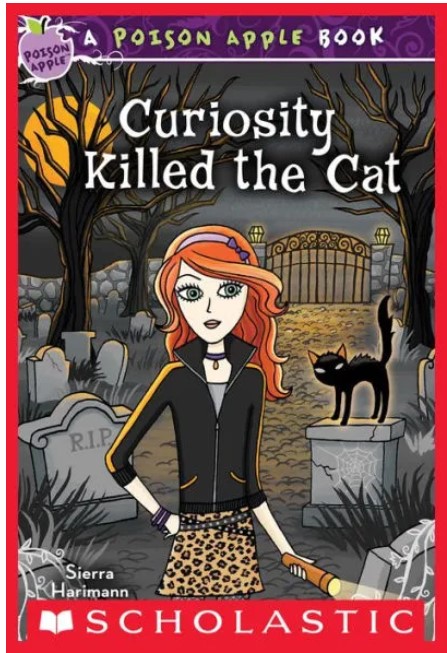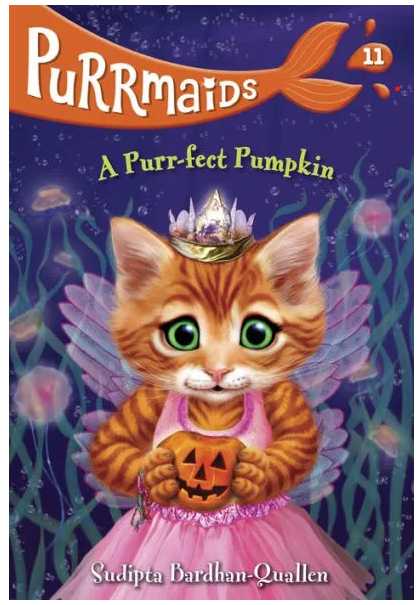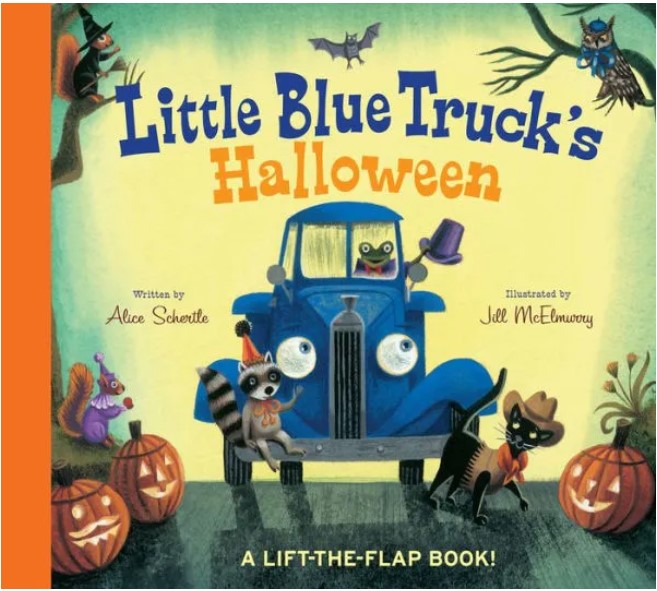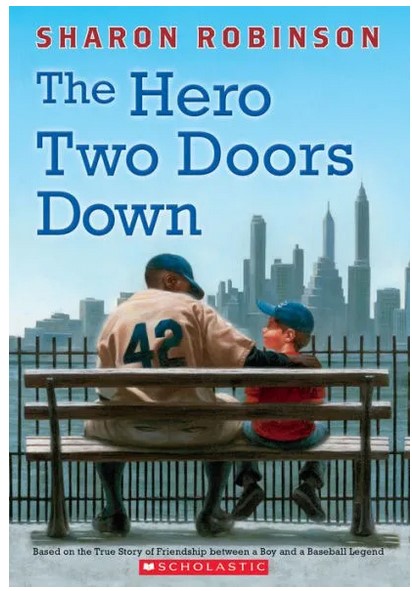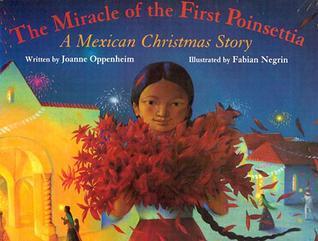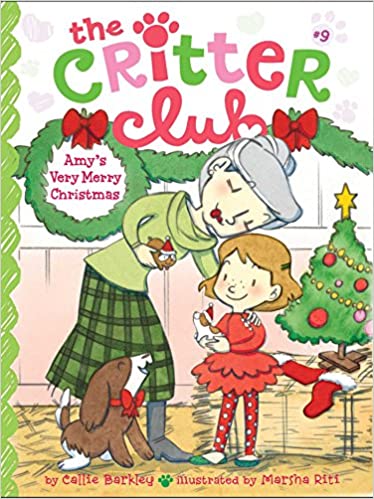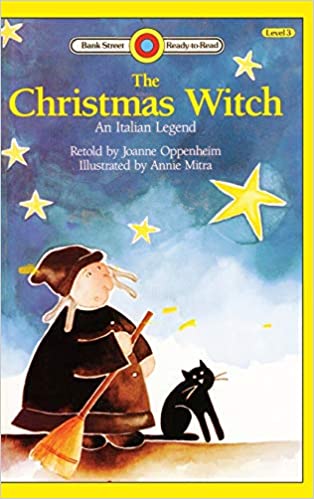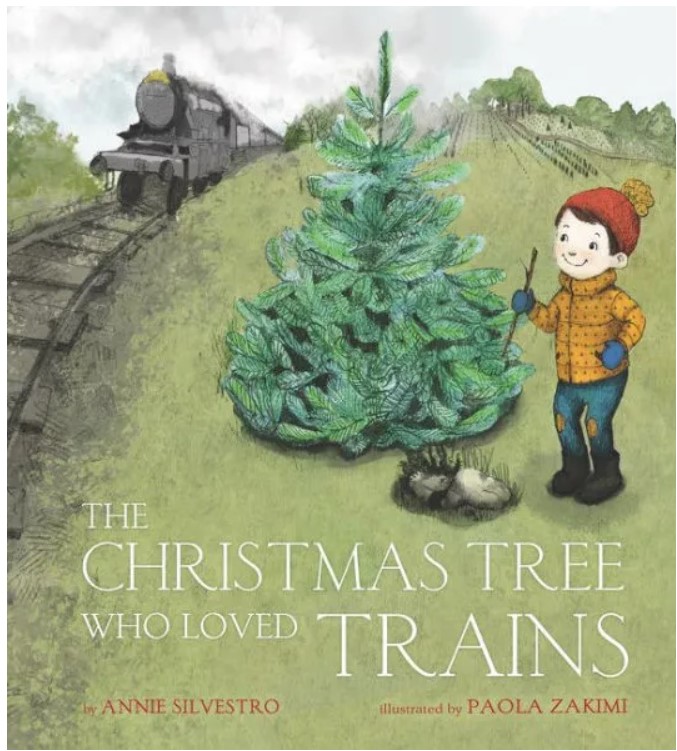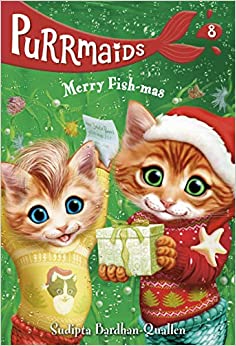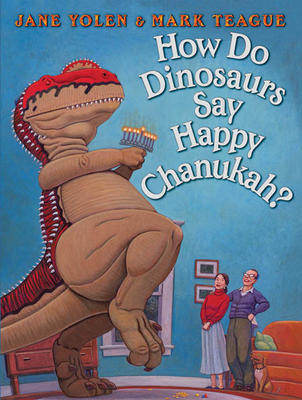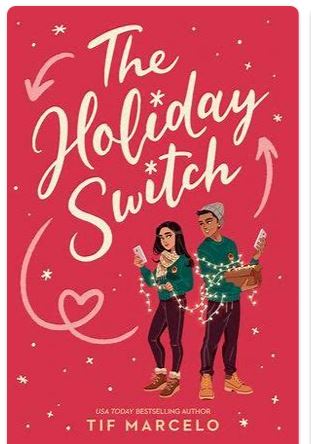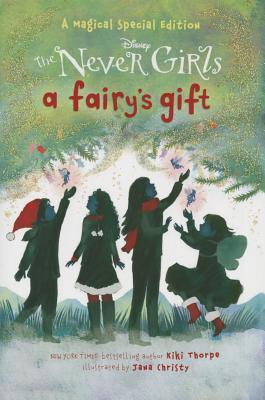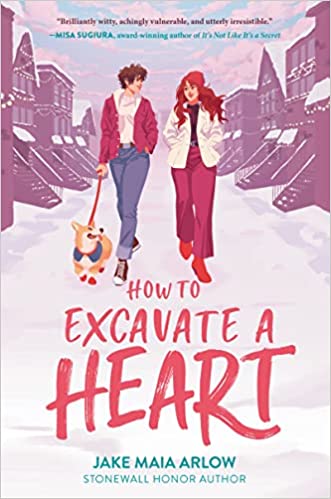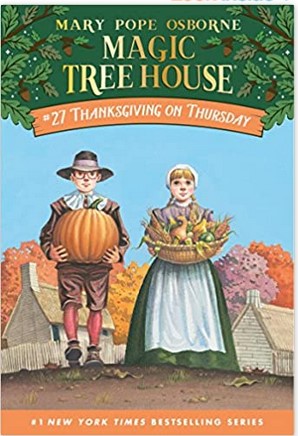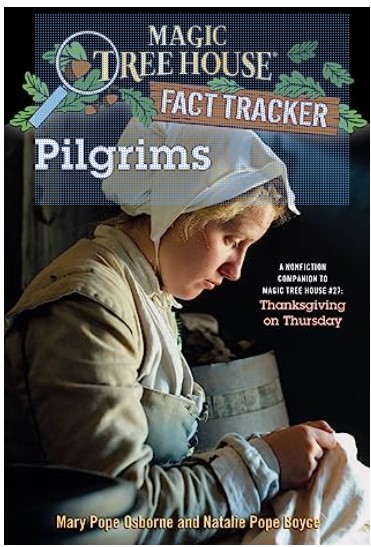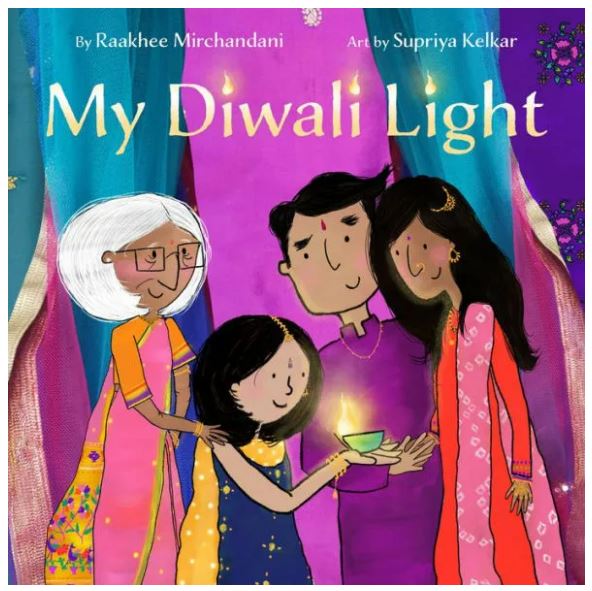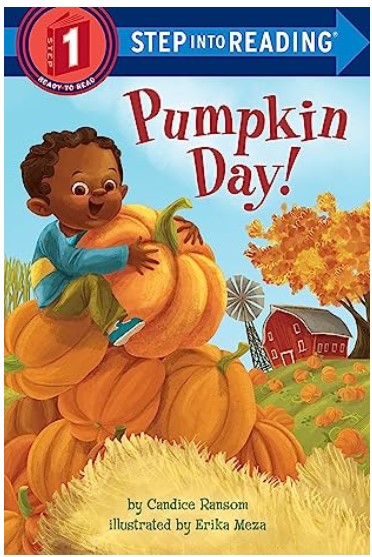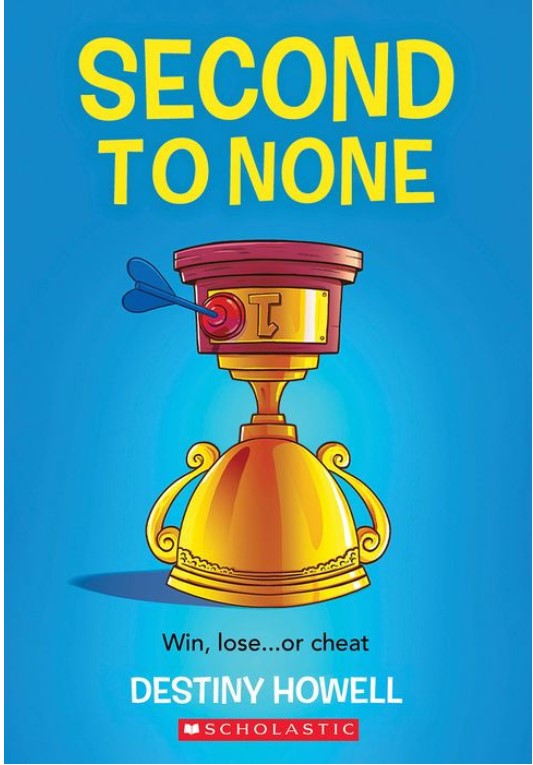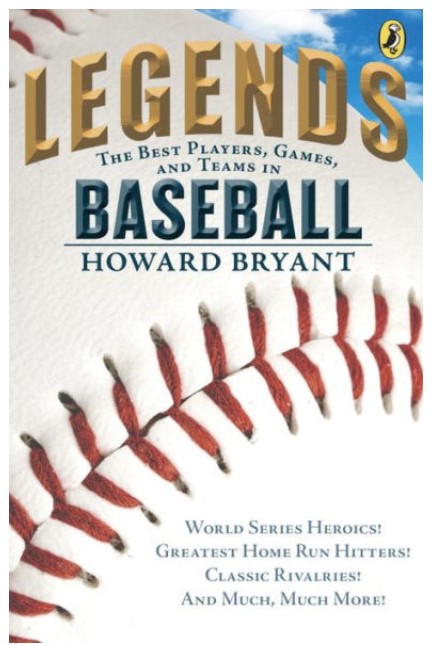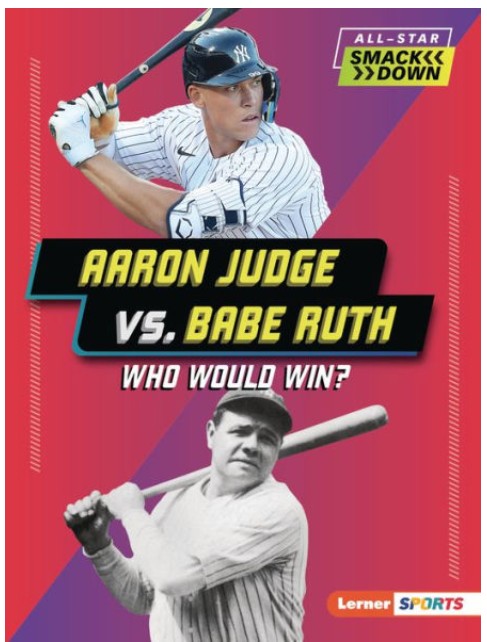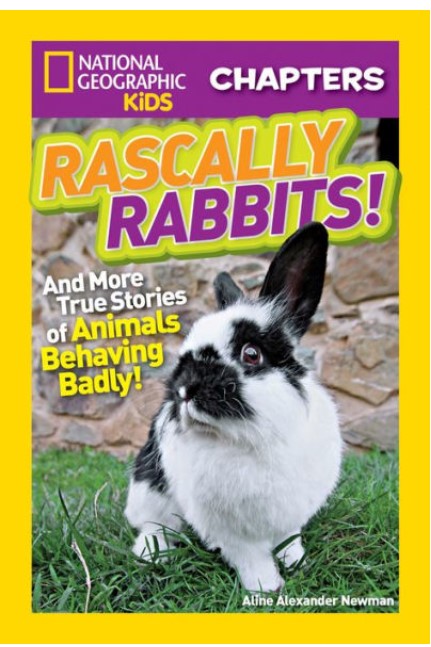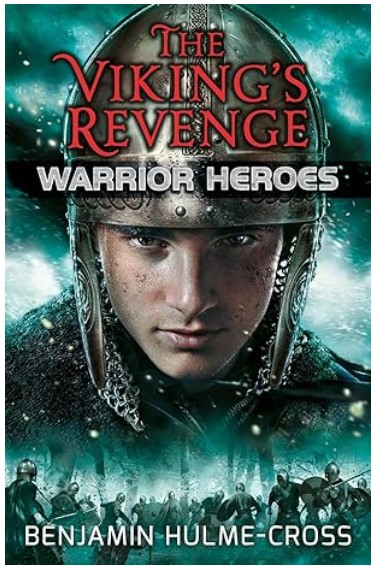Pippa Park is no longer the new girl at Lakeview, but that doesn’t mean she can get comfortable. With Christmas approaching, Pippa’s friends – nicknamed “the Royals” – are preparing for the biggest party of the year! Pippa is determined to use the party as a chance to show that she truly belongs with the Royals. She needs a great dress and a great date (neither of which she has). Nevertheless, she’s determined: Everything about this Christmas has to be absolutely perfect.
Unfortunately, perfection is not in the cards. Literally. A tarot reading Pippa receives from her neighbor, Mrs. Lee, warns Pippa that her future holds a disaster. Pippa isn’t sure what to think about the reading until she learns that her mother, who lives in Korea, won’t be able to make it to America for Christmas. If that wasn’t bad enough, Pippa was put in charge of organizing the Royals’ Christmas party. Making the best party ever is a little difficult in a small apartment, not to mention the cost of all the food and decor. Pippa is stretched thin between babysitting gigs, tutoring sessions with her crush, Eliot, and volunteering at the church. Plus, her friends, Buddy and Helen, are too obsessed with their new relationship to offer her any support. The only escape in this growing mess is a boy named Marvel, whom Pippa meets during her volunteer work. But even things with Marvel are rocky – after all, doesn’t she have feelings for Eliot?
A week before the party, just about everything Pippa worked for has been destroyed, just like Mrs. Lee warned. Her sister Mina needs the money Pippa earned from babysitting. Then, Mrs. Lee gets in an accident and moves into the Park’s living room, robbing Pippa of a venue. Pippa snaps at Buddy and Helen, putting her friendships in jeopardy. Finally, she’s caught with Eliot when she’s supposed to meet Marvel, taking her date options for the party from two to zero. It seems like things can’t get any worse. Then, Pippa remembers Mina’s advice: “Pippa, there is only one person responsible for your future. And that’s you.”
Pippa comes clean and restores her relationships. Mrs. Lee even gives Pippa the key to her place so she can host her party there. When Pippa admits she’s struggling, the Royals don’t laugh at her like she thought; they rally behind her and help create the best party ever. Pippa learns that asking for help isn’t a bad thing – her friends and family are there to support her however they can.
Pippa is a great character for middle school girls because everything in Pippa’s life is realistic. She deals with a multitude of issues at the same time, which makes her seem more relatable. Between her home life, school life, romantic feelings, and friendships, she becomes a well-rounded individual that girls can relate to since they will often experience these same troubles in middle school — wanting to fit in, having their first romantic relationship, and struggling to manage new responsibilities. Despite all these conflicts, the plot is straightforward and easy to follow.
Crush at First Sight is a good, lighthearted read with a positive message showing the importance of relying on others. Pippa wants to seem like she can do everything herself, but in reality, when she struggles, she needs the help of others. Through Pippa’s experience, readers will learn to share their struggles with their friends and family. Instead of asking for help, Pippa says, “[I] buried my insecurities deeper and deeper until my feelings morphed into resentment. I had kept waiting for things to go back to normal, but I refused to take the initiative to make that happen.” When Pippa admits to the Royals that she’s having a hard time, they show her understanding and offer help instead of turning against her. As a further sign of their support, the book ends with Pippa getting a golden scrunchie from the Royals – a sign that they accept her, even if she isn’t perfect. For more holiday fun, grab a cup of hot cocoa and snuggle up with the Celebrate the Season Series by Taylor Garland and Hot Cocoa Hearts by Suzanne Nelson.
Sexual Content
- Buddy and Helen, two of Pippa’s friends, are dating. Pippa sees them kiss once. “I watched as Buddy stepped forward. I watched as Helen brought her face closer to his. And I watched as their lips met.”
Violence
Drugs and Alcohol
Language
Supernatural
Spiritual Content
- Pippa volunteers at her local Korean Baptist Church. While not religious herself, the church is putting on a play about Jesus’s birth. Pippa is a shepherd.
- Pippa’s family sets up a nativity scene for Christmas with wise men and camels.
